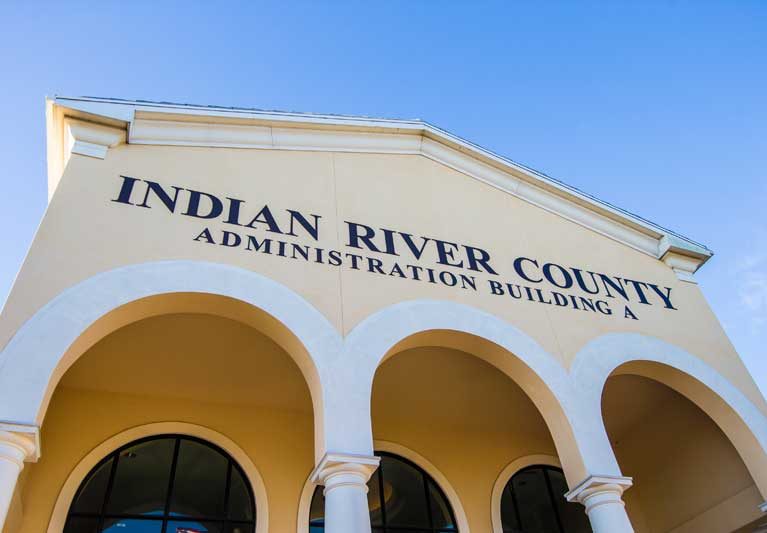
County officials are scratching their heads after the county was dragged into a land use dispute between a famous local ranching family and a district that manages surface water systems.
County officials are perplexed as to why the jurisdiction is named as a defendant alongside several other parties including the School Board of Indian River County, McDonald’s and RaceTrac gas station, in a recent lawsuit brought by the Corrigan family against the Sebastian River Improvement District.
According to a 42-page complaint, the Corrigan family accuses the Sebastian River Improvement District of illegally prohibiting the ranch from letting surface water runoff flow into a canal known as the Lateral D Ditch. The restriction violates a 1942 easement policy that permits property owners within the easement area to drain surface water from their properties to the ditch, the family claims.
But what does that have to do with the county?
“You’re going to have to ask the Corrigans,” County Attorney Dylan Reingold told Vero Beach 32963 when asked why the county is named as a defendant.
The school district declined to comment on the pending litigation and the Sebastian River Improvement District did not respond to messages seeking a response to the lawsuit.
The Improvement District operates and maintains a system of ditches and canals in a section of Indian River County between State Route 60 and county roads 510 and 512 to handle surface water runoff in order to prevent damage to property and to improve the public health, welfare and safety, its website states.
Edward de la Parte Jr., a Tampa-based attorney representing the Corrigan family, has a simple explanation as to why the county, School Board and 13 other entities in addition to the Sebastian River Improvement District are named as defendants in the complaint, in which the ranchers ask a judge to interpret the decades old easement policy.
“Under the law, when you file a complaint for declaratory judgment and you’re asking the court to interpret an easement that affects not just the Corrigans – but also affects all these other people – then you have to name all those other people as parties to the case,” de la Parte said.
The school district operates two schools in the affected area, while the county is part owner of the Sand Lake Tract, land located west of Interstate 95 for conservation and recreational use. De la Part is currently contacting the county and other defendants to find out if they would like to become plaintiffs in the case, he said.
The Corrigan family charges the Sebastian River Improvement District unlawfully allows only certain property owners to drain varying amounts of surface water into the canal when the 1942 easement policy provides for no restrictions.
The family is asking a judge to allow the ranch to drain surface water into the canal and is asking for a jury trial to determine damages from the Sebastian River Improvement District – but not from any of the other named defendants.
The ranch says it has been harmed because several prospective buyers of portions of the ranch have backed out of deals due to surface water discharge limitations, the lawsuit states.
“For us, it’s more an issue in terms of the future as the ranch develops . . . we think that’s when this will become an issue for us,” de la Parte said.
The move to name the multiple parties as defendants could be part of de la Parte’s legal strategy, Stuart-based land use lawyer Travis Walker said.
“There’s some leverage play,” Walker said. “If you have some larger companies and governmental entities such as the School Board of Indian River County, Indian River County, McDonald’s and RaceTrac – you’re basically forcing these other entities to get involved in a lawsuit to defend themselves.”
It is possible the Corrigan could “bring them in and say, ‘hey, this guy and this guy have runoff and pollutants sent into the easement, why can’t we?’” Walker added.
Under those circumstances, the county and others might join in the complaint, preferring to be plaintiffs instead of defendants.
The Corrigans’ land is part of the 8,845 acres recently annexed by Sebastian and clearly is in the path of future development. Under current laws new developments are required to contain most surface runoff within their boundaries, usually in holding ponds that that double as landscape features, but anyone building on the Corrigan property would likely need to discharge some surface water into the canal system at some point.



